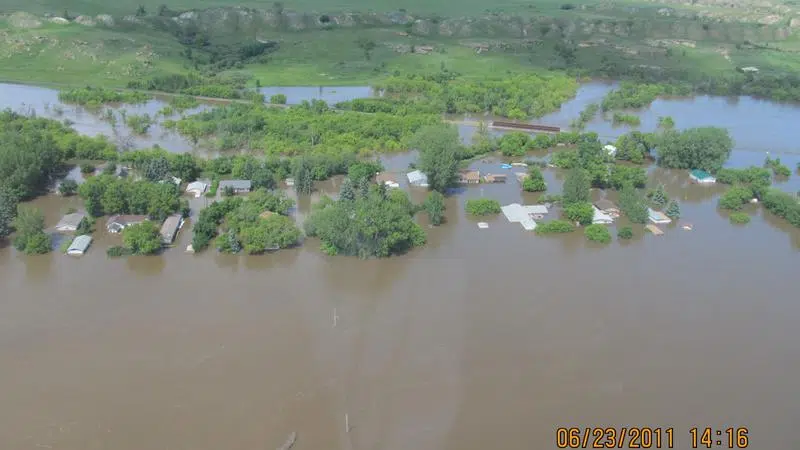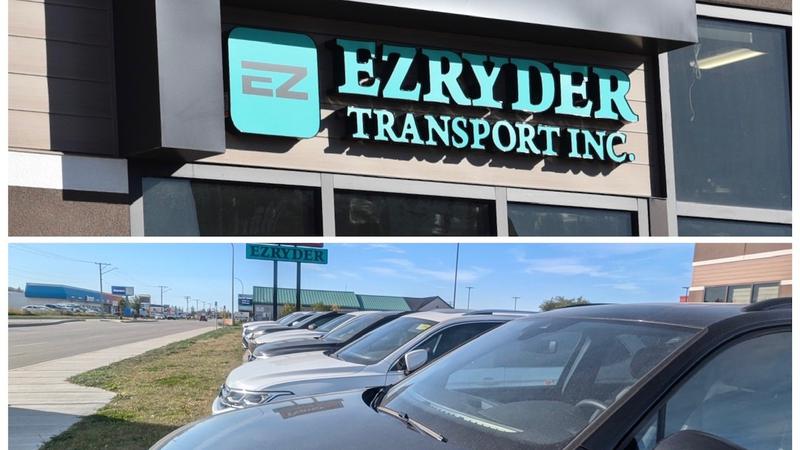
P.A. to get federal dollars for detailed flood mapping
Prince Albert is getting some of the million dollars from the federal and provincial governments for flood mapping in Saskatchewan to help with future planning. Meanwhile, a city councillor who represents residents in the flood plain, hopes the latest mapping data will show a reduction in the threat.
The Water Security Agency (WSA) says LiDAR – a sophisticated laser 3D survey of the North Saskatchewan River – is being used to predict exactly where future flood defences may be needed.
“That [technology] allows us to get a fairly accurate idea of where water will flow and what areas may be prone to, or on the fringe of flooding,” Sam Ferris with the regulatory division told paNOW. “There may have been work done in previous years but things change. Drainage ditches are constructed, a variety of areas can be built up with infill of soils, so this will bring materials up to date so to speak.”
Prince Albert has four different neighborhoods and over 2000 properties lie within the 1-in-500 year floodplain, according to the WSA. It said this new data would more accurately reflect the risk of future flood events and allow for mitigation efforts. Ferris said the money spent now on preparation was well worth it.


